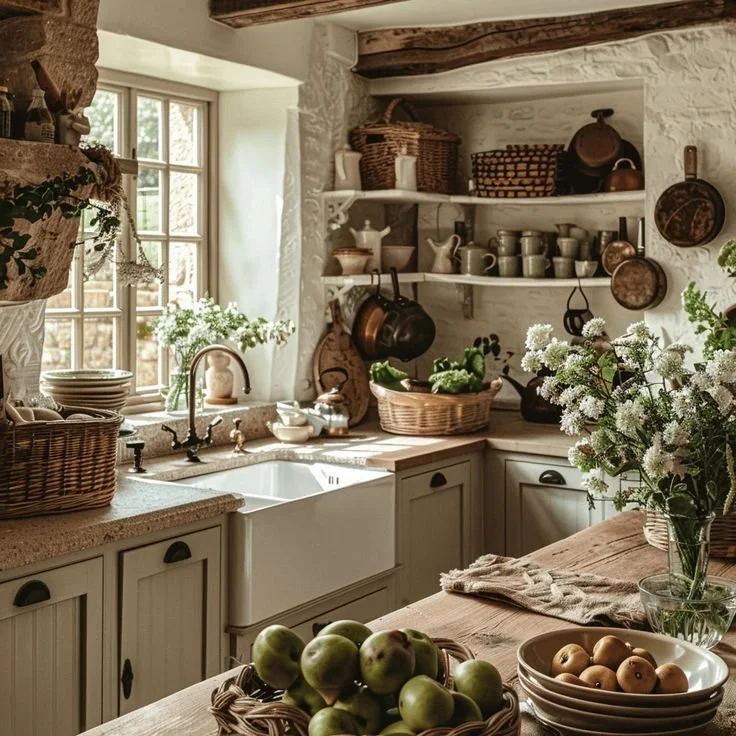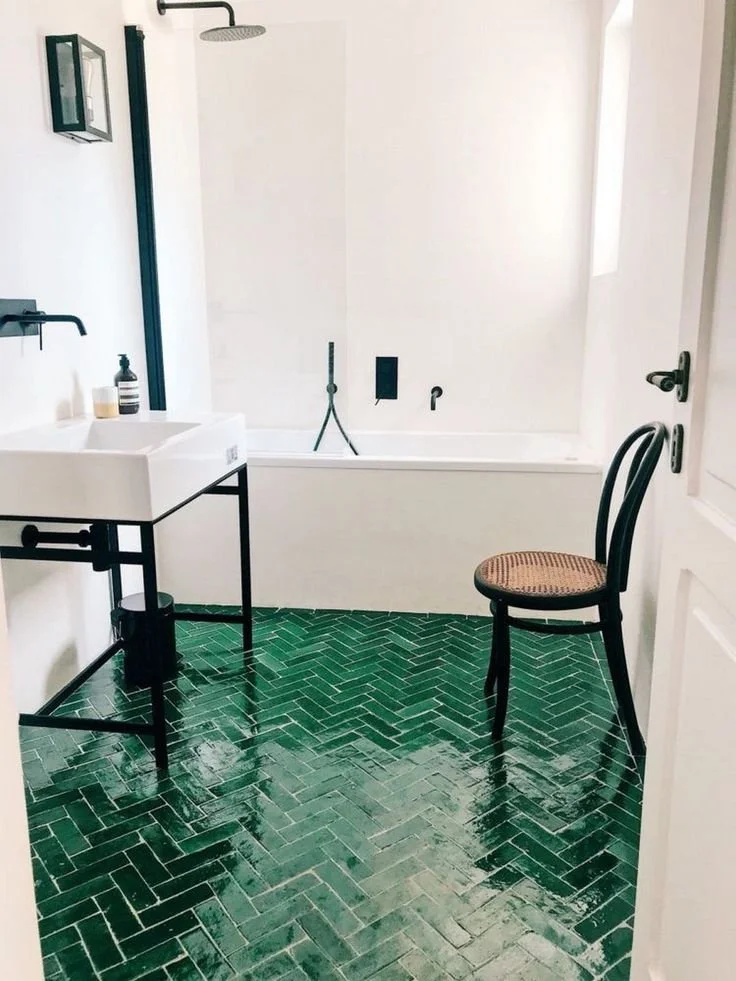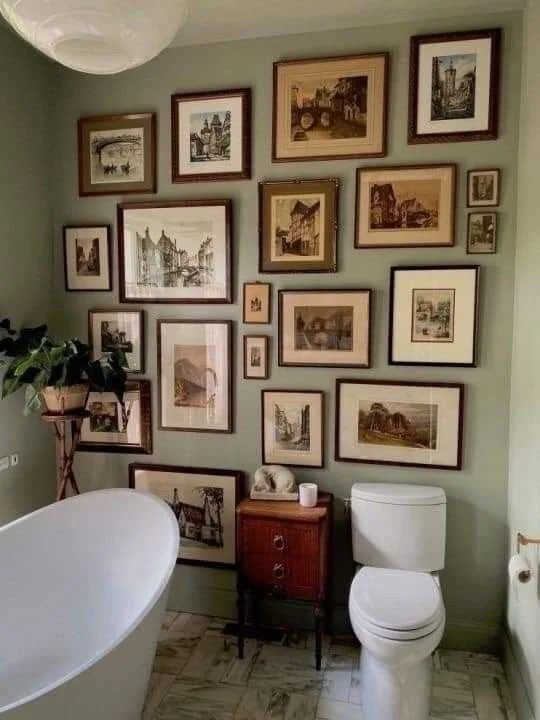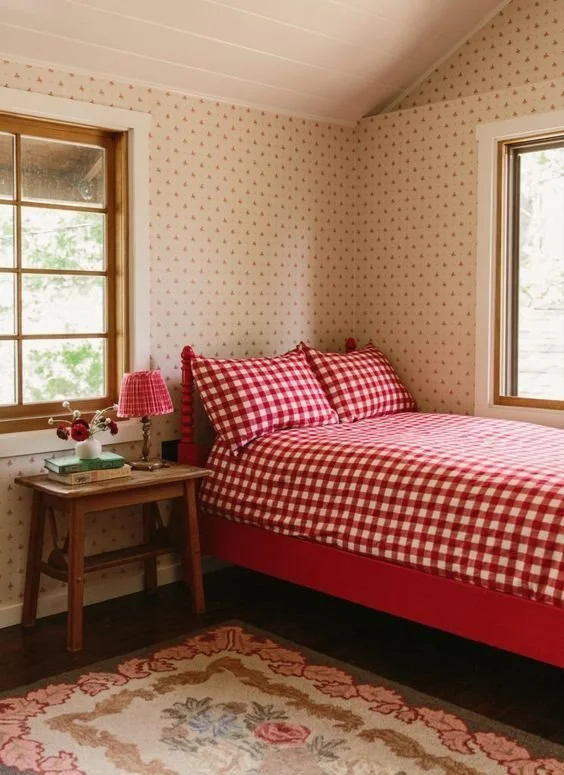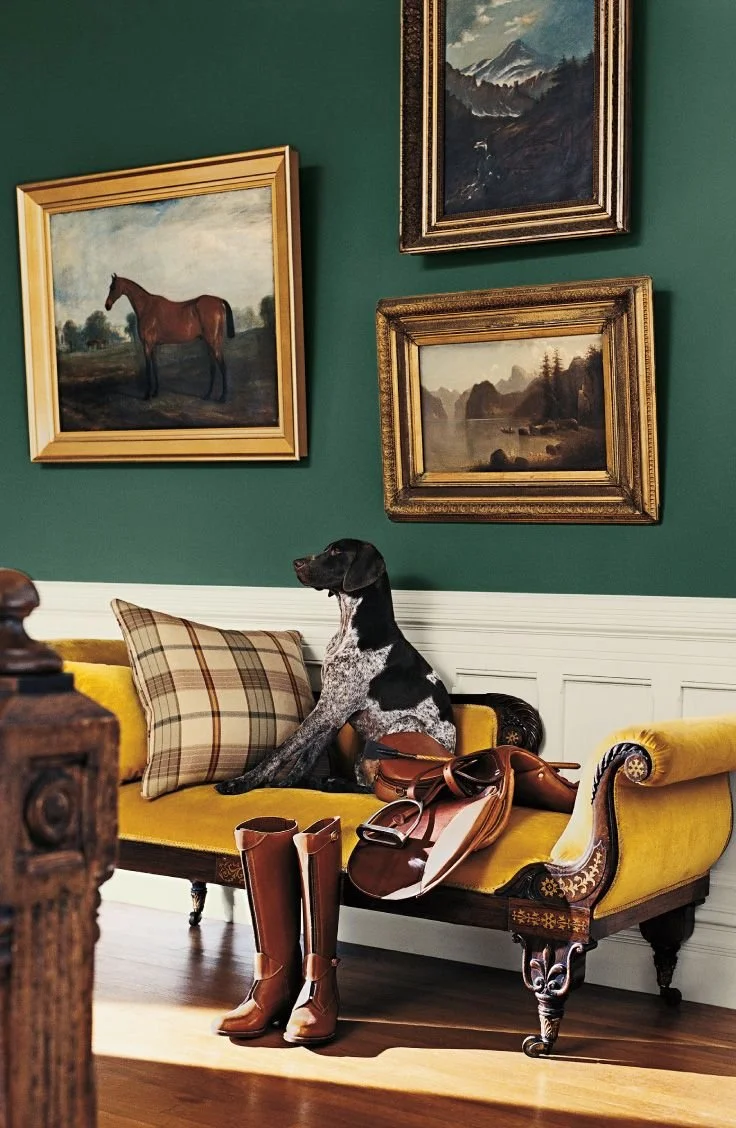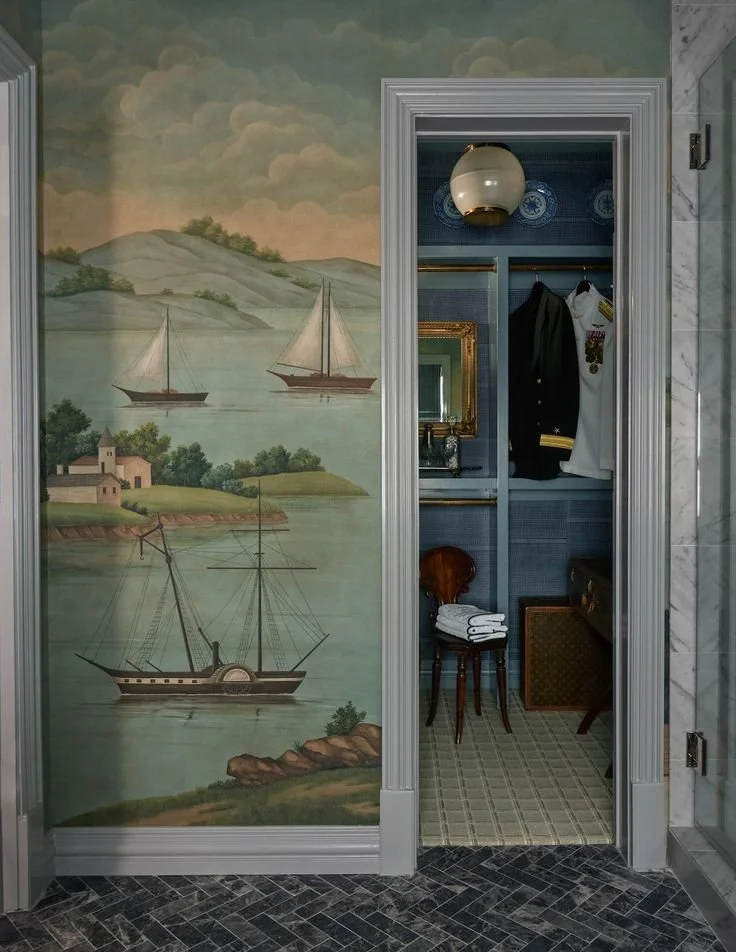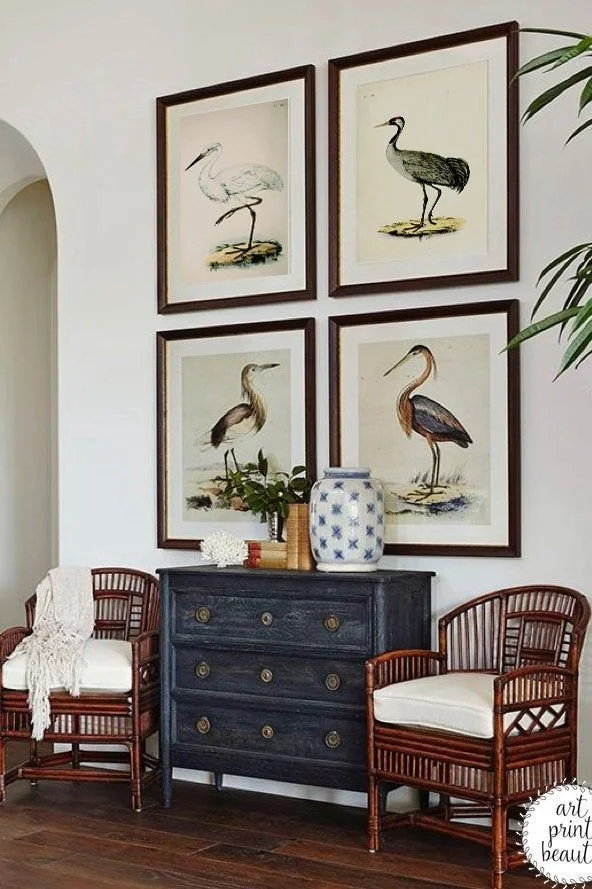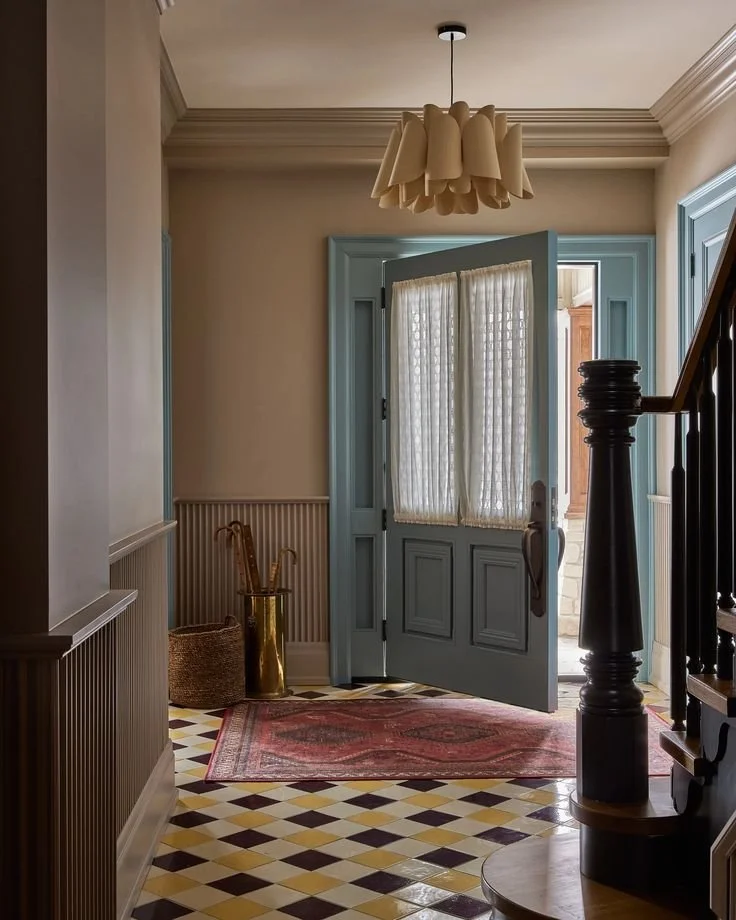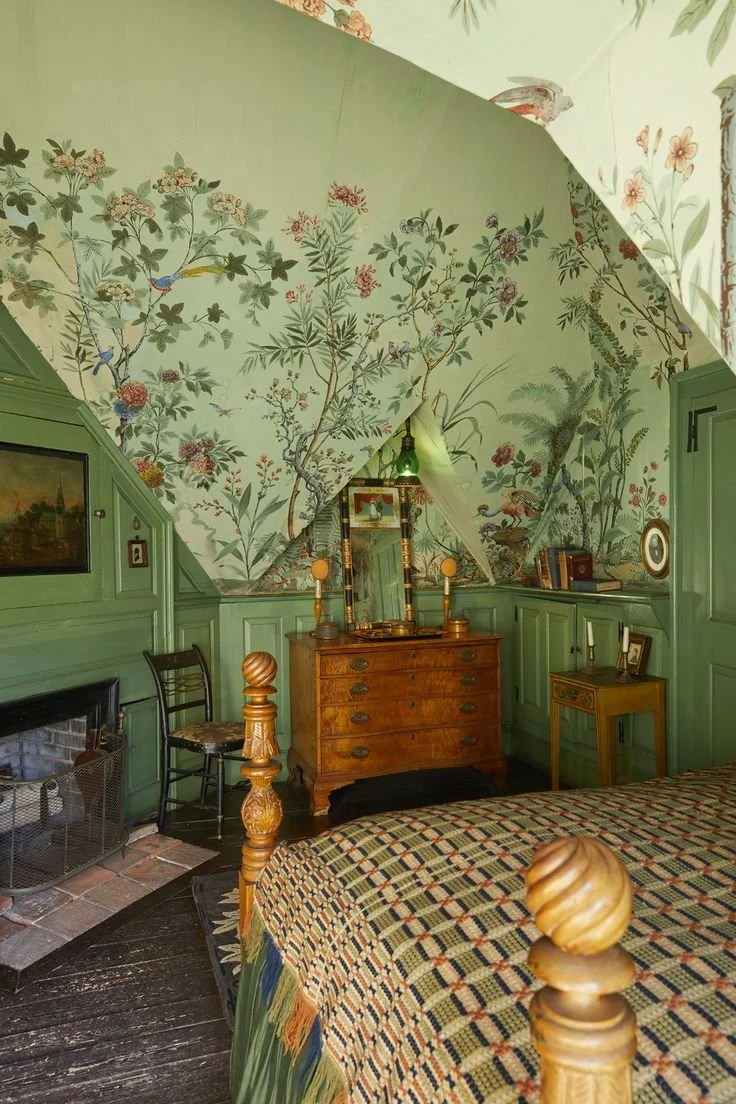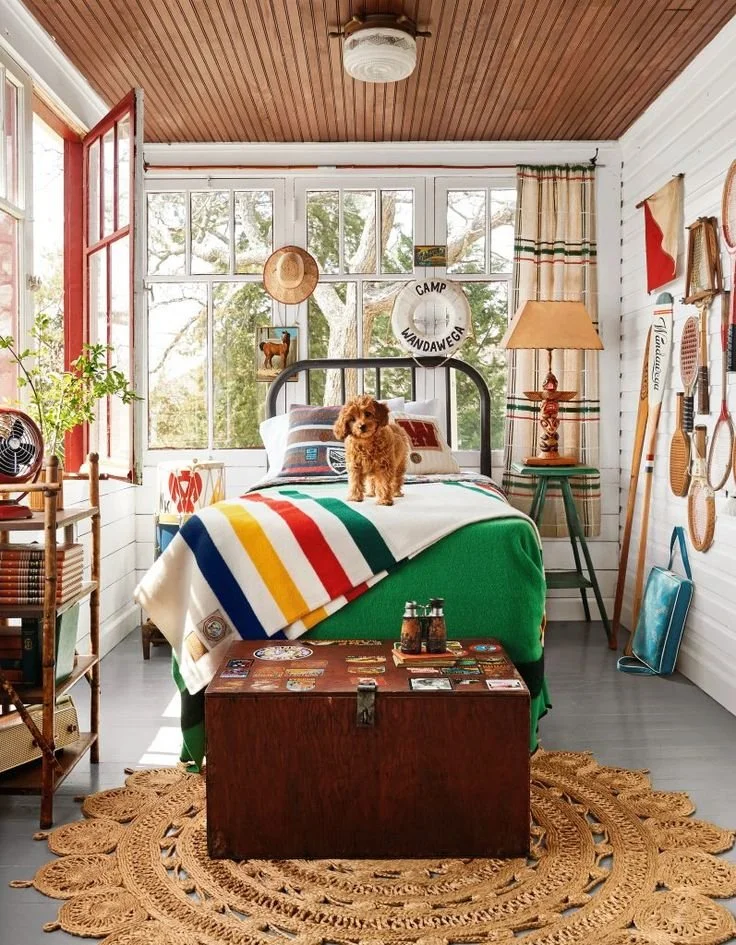4 Steps to Finding your Interior Design Style
It can be harder than you’d think to know what you like. Follow this process to help solve the puzzle of your own taste.
As I mentioned at the end of last post, 3 tips for Timeless Interior Design, identifying your true style is a key to achieving a timeless interior. Your own taste is the best guide - but it can be a tough map to follow.
There are outside factors that can influence our tastes, and lead us wrong. There are also internal ones; it can feel messy. The idea that you have a clear, singular style inside just waiting to be discovered is misguided. Most people appreciate a multitude of styles, and their tastes don’t really fit into one category.
So this post will provide a concrete process for tuning in - and out - and identifying your own tastes.
Gather images.
Identify patterns.
Identify what you don’t like.
Narrow it down.
Gather images
The first step - and a particularly fun one! - is to just start gathering images of things that you like. Don’t overthink this step. Don’t worry about whether things go together, and don’t worry about whether any of it is possible in your actual house. If you live in a farmhouse bungalow but you are drawn to airy island interiors, that is useful information. You can edit later. For now, just gather everything that you can.
I suggest using Pinterest for this (after all, it is what the platform was designer for). Be sure to add the extension button. That way, if/when you come across images you like on webpages you can add these to your inspiration board as well.
Tip: it is best to do this before reading the next section. Just go spend an hour or so pinning everything that catches your eye, without a filter. This will give you better information than if you are trying to curate them in any way.
Below is a collection of images from my recent pins.
Identify patterns
Now that you have gathered images of things you like, it is time to analyze them.
Go though the images a few times. Look for patterns that show up in several images. Eclectic and layered? Or sparse and minimalistic? Are there a lot of bright colors? Neutrals? Natural colors? Do most of the images have white walls? Are there a lot of straight lines, or are they curved and organic? Are there a lot of patterns and prints? Or do the images show a lot of textures?
Sometimes there are even hidden silver bullets. I had a client who once, accidentally, pinned three living rooms with the same cognac sofa.
Try to be specific; narrow in on what you like about the image specifically. This will be the most helpful as you then look for more inspiration because you will have search terms.
You can also look for outliers. For example, maybe most of your images are very modern, but you have one image of a beautiful vintage desk. That, too, is useful information.
Below, I have pulled out a few images that show patterns from the collection above.
Identify what you don’t like
Sometimes, understanding comes from the inverse. Your challenge now is to find images that you don’t really like, and then repeat the previous exercise to figure out why. Pull images, and then analyze them to zero in on why you don’t like them.
I caution you: don’t look for images of bad design. You won’t find it helpful to determine that you don’t like bad craftsmanship, messy spaces, or poorly executed ideas. You want to find what may work for others, but doesn’t work for you.
I have pulled some examples for my own taste. All of the examples I’ve given below are beautifully executed, high quality spaces. These could easily be inspiration spaces for others; they just aren’t for me. I’ve broken down specifically what I don’t like below.
Sidenote: one of the best parts of being an interior designer is working on spaces that aren’t really my style. I love designing spaces that are outside of my personal aesthetic!
There is too much contrast here for me; I don’t like bright colors on white. This feels chaotic to me.
This color of pink is a definite no for me, especially in a kitchen. I don’t like this kind of bubble-gum boho feminine design.
I almost like this space, but it is too stark for me - it feels unfinished, and a little cold.
This is too mono-tone, in terms of style - it is traditional without any added tension.
Narrow it Down
Lastly, you need to refine the list of things you like into a story that goes together. People vary in how cohesive their style is; some are all over the map, others have very singular tastes. If you are in the former category, you probably need to narrow it down.
One factor that may help you narrow things down is - sigh - reality. This is a good time to consider the architecture and location of your home. Say you love cabin-core and Hollywood regency; if you live in an apartment in New York, the latter is probably your best bet. If you live in Colorado, the former is a better fit.
You don’t have to limit yourself to a single style. In fact, the best interiors often mix two to three different aesthetics together. Any more than that, though, and things start to fall apart.
You also need to ensure that the styles you are mixing are harmonious with each other. You cannot be minimalist and maximalist at the same time - even if you like both. Mid-century and industrial go very well together; English country and mid-century, however, do not.
Don’t feel like you have to limit your tastes, now that you know them better. You can like as many style as you want. But you don’t have to do everything at once. Choose an avenue of your tastes to pursue, for now.
See an example below, from my gallery above.
While I really like both of these bedrooms (and dogs), they tell different stories and should inform different projects. But I can see in both that I am drawn to green and yellow together!
I hope this process is helpful (it can also be fun, as long as you don’t put too much pressure on yourself). To quote Aristotle, “Knowing yourself is the beginning of all wisdom.”






